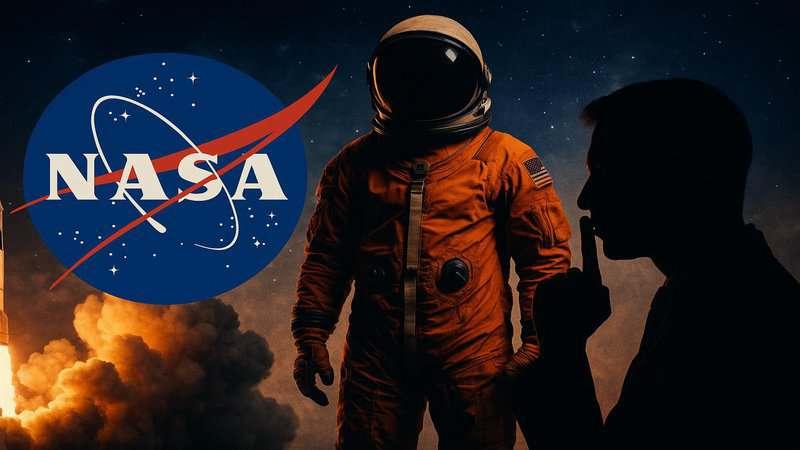2. Challenger Shuttle Disaster

The tragic loss of the Space Shuttle Challenger and its seven crew members on January 28, 1986, stunned the world. A faulty O-ring in the solid rocket booster failed in unusually cold weather, leading to the shuttle’s destruction just 73 seconds after liftoff. What made the disaster even more haunting were the ignored warnings from engineers about the O-ring’s vulnerability. NASA leaders, under immense pressure to keep the program on schedule, pressed forward. The Challenger tragedy forced sweeping changes in shuttle safety protocols and dealt a lasting blow to public trust in the agency.
















